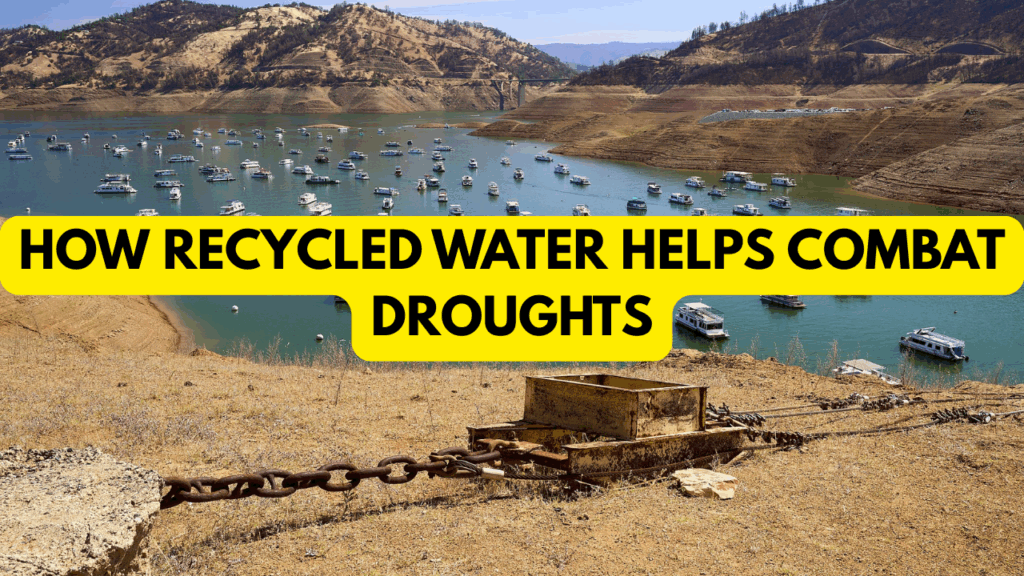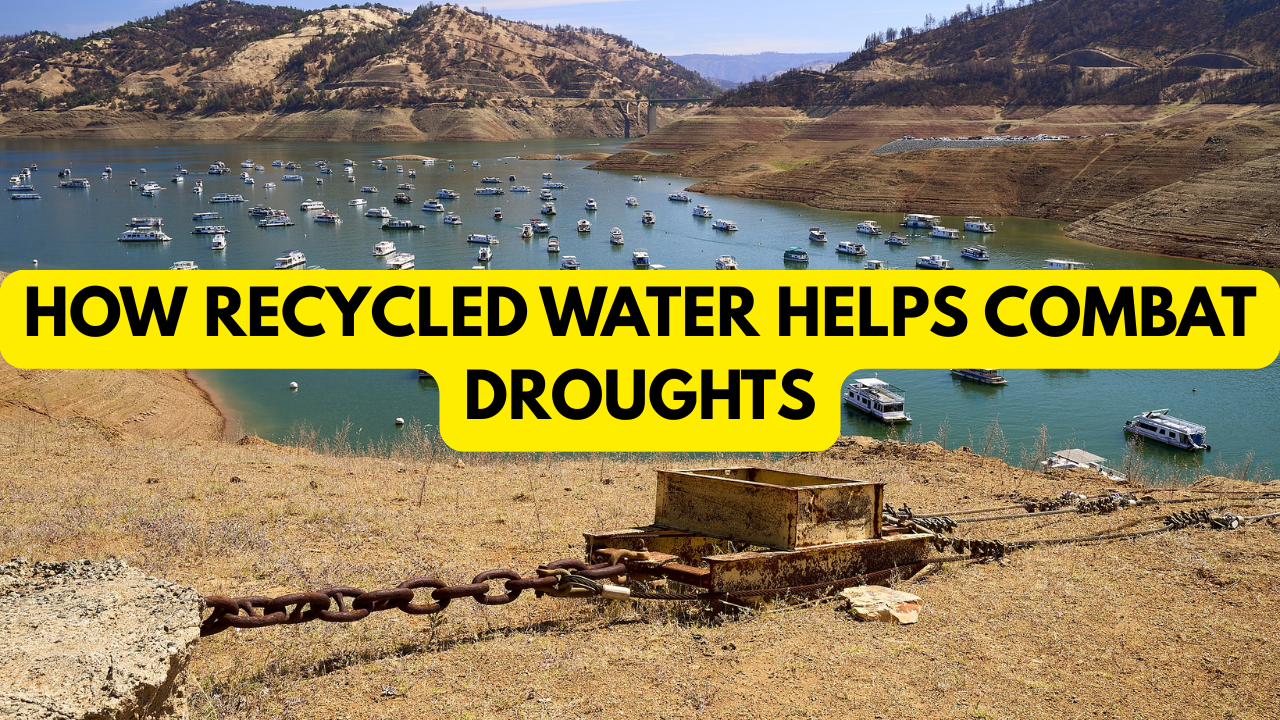
Droughts are becoming more frequent and severe due to climate change, population growth, and overuse of natural water supplies. Communities around the world are searching for solutions to secure reliable water sources—and one of the most effective answers is recycled water. By treating and reusing wastewater, societies can reduce dependence on rivers, lakes, and groundwater, ensuring resilience during dry periods.
This article explains how recycled water helps fight droughts, the benefits it offers, and real-world examples of its success.
Why Droughts Are a Growing Concern
- Climate change: Rising global temperatures reduce rainfall and increase evaporation.
- Population growth: Expanding cities demand more freshwater.
- Agricultural demand: Farming consumes nearly 70% of global freshwater supplies.
- Overextraction: Excessive pumping of groundwater leads to depletion during droughts.
These pressures make it critical to adopt sustainable water management strategies—recycled water being one of the most promising.
How Recycled Water Works Against Drought
1. Reliable Supply During Dry Periods
Unlike rainfall or groundwater, recycled water is climate-independent. Wastewater is generated every day, meaning treatment plants have a steady source of raw material. This ensures a reliable backup supply during droughts.
2. Reducing Pressure on Freshwater Sources
Recycled water replaces freshwater in non-drinking applications such as irrigation, landscaping, and industrial processes. This helps conserve rivers, reservoirs, and aquifers during drought emergencies.
3. Supporting Agriculture in Arid Regions
Farmers can irrigate crops using recycled water, which often contains nutrients like nitrogen and phosphorus that improve soil health. This reduces reliance on scarce freshwater and chemical fertilizers.
4. Urban Resilience and Sustainability
Cities with recycled water programs can keep public parks, golf courses, and schools green even when restrictions are imposed on potable water. This enhances community resilience and maintains quality of life.
5. Groundwater Recharge and Storage
Advanced recycled water can be injected into aquifers, replenishing groundwater reserves. During droughts, this stored water becomes an emergency supply.
6. Potable Reuse for Long-Term Security
With technologies like reverse osmosis and UV disinfection, recycled water can be purified into drinking water. This ensures cities have a drought-proof water source.
Table: Ways Recycled Water Combats Drought
| Strategy | How It Helps | Impact During Drought |
|---|---|---|
| Reliable daily supply | Wastewater available regardless of climate | Consistent water resource |
| Reduces freshwater demand | Used in irrigation, landscaping, industry | Conserves rivers and reservoirs |
| Agricultural irrigation | Provides nutrient-rich water to crops | Ensures food security in dry times |
| Urban reuse | Maintains green spaces and infrastructure | Improves resilience and livability |
| Groundwater recharge | Stores treated water underground | Emergency reserves during drought |
| Potable reuse | Produces drinking-quality water | Drought-proof supply for cities |
Real-World Success Stories
- Orange County, California (USA): Operates the world’s largest water recycling plant, producing 130 million gallons per day for groundwater recharge—critical during frequent droughts.
- Israel: Reuses nearly 90% of wastewater, much of it for agriculture, allowing the country to thrive in arid conditions.
- Australia: Perth uses recycled water to replenish aquifers, ensuring long-term water security in a climate with declining rainfall.
Benefits Beyond Drought Relief
- Cost savings: Reduces reliance on expensive desalination or water imports.
- Environmental protection: Minimizes wastewater discharge into oceans and rivers.
- Energy savings: Provides water closer to demand centers, reducing pumping needs.
- Community trust in resilience: Citizens feel more secure knowing alternative supplies exist.
Overview Table
| Challenge | Recycled Water Solution | Result |
|---|---|---|
| Limited rainfall | Daily supply from wastewater | Reliable year-round resource |
| Freshwater shortages | Replaces potable water uses | Conserves lakes and aquifers |
| Agricultural risk | Irrigation with recycled water | Food production stability |
| Urban restrictions | Maintains landscapes & parks | Community resilience |
| Groundwater depletion | Aquifer recharge | Emergency reserves |
| Drinking water scarcity | Advanced purification | Safe potable water during drought |
Final Thoughts
Recycled water is more than a backup plan—it is a strategic solution for long-term drought resilience. By turning wastewater into a valuable resource, communities can secure reliable water supplies, protect ecosystems, and maintain economic stability even in the harshest conditions.
As droughts become the “new normal,” investing in water recycling infrastructure and public awareness is essential. The future of water security depends on embracing reclaimed water as a mainstream solution.
FAQs
Q1: Can recycled water really replace drinking water during droughts?
Yes, with advanced purification, recycled water can meet or exceed drinking water standards.
Q2: How does recycled water help farmers in dry regions?
It provides a reliable source of irrigation while also supplying nutrients that support crop growth.
Q3: Is recycled water a cheaper option during droughts?
In the long run, recycled water is often more cost-effective than desalination or importing water.

